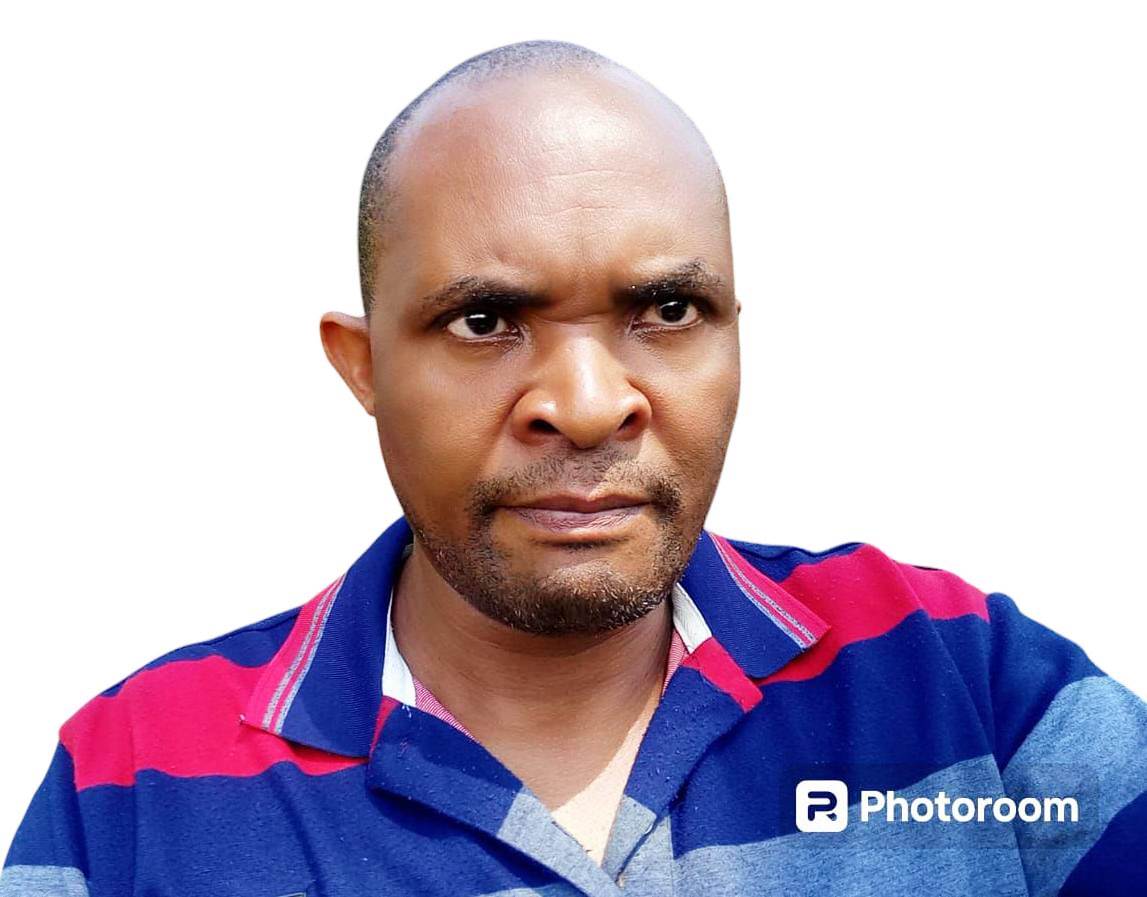When a celebrity dies, the internet is abuzz with unusual traffic. Videos, posts, and texts emerge, making weird claims about the celebrity’s life. The bereaved family usually finds it difficult to mourn their loved ones. Stories are twisted and videos edited to tarnish their name. Celebrities in music, athletics, business, and politics are scandalised by the same social media that liked, subscribed to, followed, and shared their accounts, thereby making them brands.
Social media lionises celebrities in life but scandalises them in death. It is a cycle so predictable that it has become a cultural ritual—one that tells us more about ourselves than about the people we praise or destroy. In the age of smartphones, hashtags, and viral moments, fame is a fragile currency, minted loudly and spent ruthlessly. The same public that builds pedestals with adoration also sharpens stones of condemnation the moment a celebrity can no longer defend themselves.
In life, celebrities are treated as digital deities. A musician releases a new hit, and within minutes, the video is trending across platforms. An actor posts a gym photo, and thousands shower them with likes, emojis, and words of worship. Social media is an engine that thrives on fascination, and nothing fascinates more than a figure who seems larger than life. We turn entertainers into symbols of success, beauty, luck, ambition, or even rebellion. Their humanity becomes secondary to the myth we construct around them.
But this lionisation is conditional. It is transactional. It is maintained only for as long as the celebrity feeds the machine—new content, new achievements, new controversies. The moment they falter or retreat into privacy, the algorithm grows hungry for a new idol. And when death arrives, the shine of that manufactured perfection no longer serves the audience. Death forces us to face the reality that underneath the glamour was a flawed, mortal human being. And for some reason, the public reacts to this humanity with cruelty rather than compassion.
The moment a celebrity dies, social media shifts from worship to forensic obsession. Timeline detectives emerge, armed with half-baked theories, old screenshots, and sensational rumours. Suddenly, a career spanning decades is reduced to a few scandalous moments—moments that the same public ignored while the star was alive. Screenshots that once seemed irrelevant are now treated as evidence. Interviews that went unnoticed are dug up and twisted. Old relationship failures are exaggerated into tragedies. Their mistakes, once forgiven or forgotten, become the headline.
But why? Why does death trigger this collective eagerness to scandalise?
READ ALSO:
Part of the reason lies in the architecture of social media. Outrage spreads faster than admiration. A negative story invites comments, arguments, and emotional reactions—the fuel that platforms depend on. Algorithms reward controversy, so the content that rises to the top after someone dies is rarely their best work or their most inspiring moment. It is the scandalous, the shocking, the salacious. It is the content that keeps the public scrolling.
Another reason is psychological. In life, celebrities embody aspirations that many people secretly envy. Their success feels unattainable; their confidence feels supernatural. But in death, when their vulnerabilities come to light, it gives the public a strange sense of equality. Scandalising the dead becomes a way of saying, “See? They were not better than us. They had flaws, too.” It is a subtle form of self-reassurance disguised as moral criticism. The public tears them down to restore its own sense of balance.
Yet behind this cycle is a moral failing we rarely confront. A celebrity is still a human being—capable of hurting, healing, loving, and making mistakes just like anyone else. But social media trains us to see them as characters rather than people. When we tear them apart after death, there is no accountability, because the person cannot reply, explain, or defend themselves. We judge them without context. We condemn them without hearing their side. It is injustice masquerading as public discourse.
We also forget that behind every celebrity is a network of grieving people: parents, partners, siblings, children, and friends. While we compose trending hashtags about scandals, real human beings are burying someone they loved. While influencers profit from conspiracy theories, a mother somewhere is wondering why the world has decided to stain her child’s memory. The digital noise becomes a second death—one inflicted by strangers who never knew the person behind the name.
The irony is that social media audiences claim to love their celebrities. Fans speak of parasocial relationships, of deep emotional connections with actors, musicians, and comedians they have never met. But true love is measured in how we treat someone at their weakest—or in their silence. To love someone in life is easy when they are active, entertaining, or beautiful. To honour them in death means showing respect even when their imperfections surface. That is the test we fail repeatedly.
If society truly valued celebrities, it would celebrate their contributions, acknowledge their struggles, and offer grace in both life and death. It would remember that fame is not a shield against insecurity or depression. It would be understood that talent does not exempt someone from making mistakes. And it would refuse to participate in the digital witch-hunt that follows a celebrity’s final breath.
But change will require courage—courage to resist the temptation of viral negativity, courage to question sensational narratives, courage to recognise the humanity of those we never met. It will require us to become more responsible participants in the digital public square. To pause before sharing. To think before commenting. To choose empathy over entertainment.
Celebrities deserve better, not because they are famous, but because they are human. And the way we treat the dead reveals the moral temperature of the living. In honouring them, even in their absence, we reclaim a piece of our own humanity. Let us accord them the same human dignity we accord ourselves.
By Ashford Kimani
Ashford teaches English and Literature in Gatundu North Sub-county and serves as Dean of Studies.
You can also follow our social media pages on Twitter: Education News KE and Facebook: Education News Newspaper for timely updates.
>>> Click here to stay up-to-date with trending regional stories
>>> Click here to read more informed opinions on the country’s education landscape
>>> Click here to stay ahead with the latest national news.






